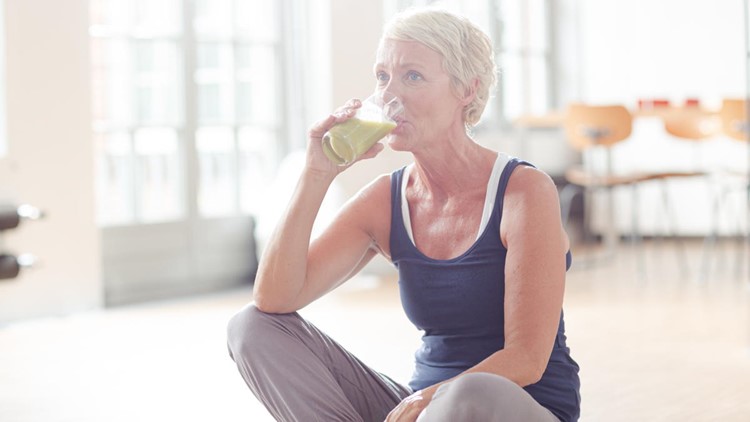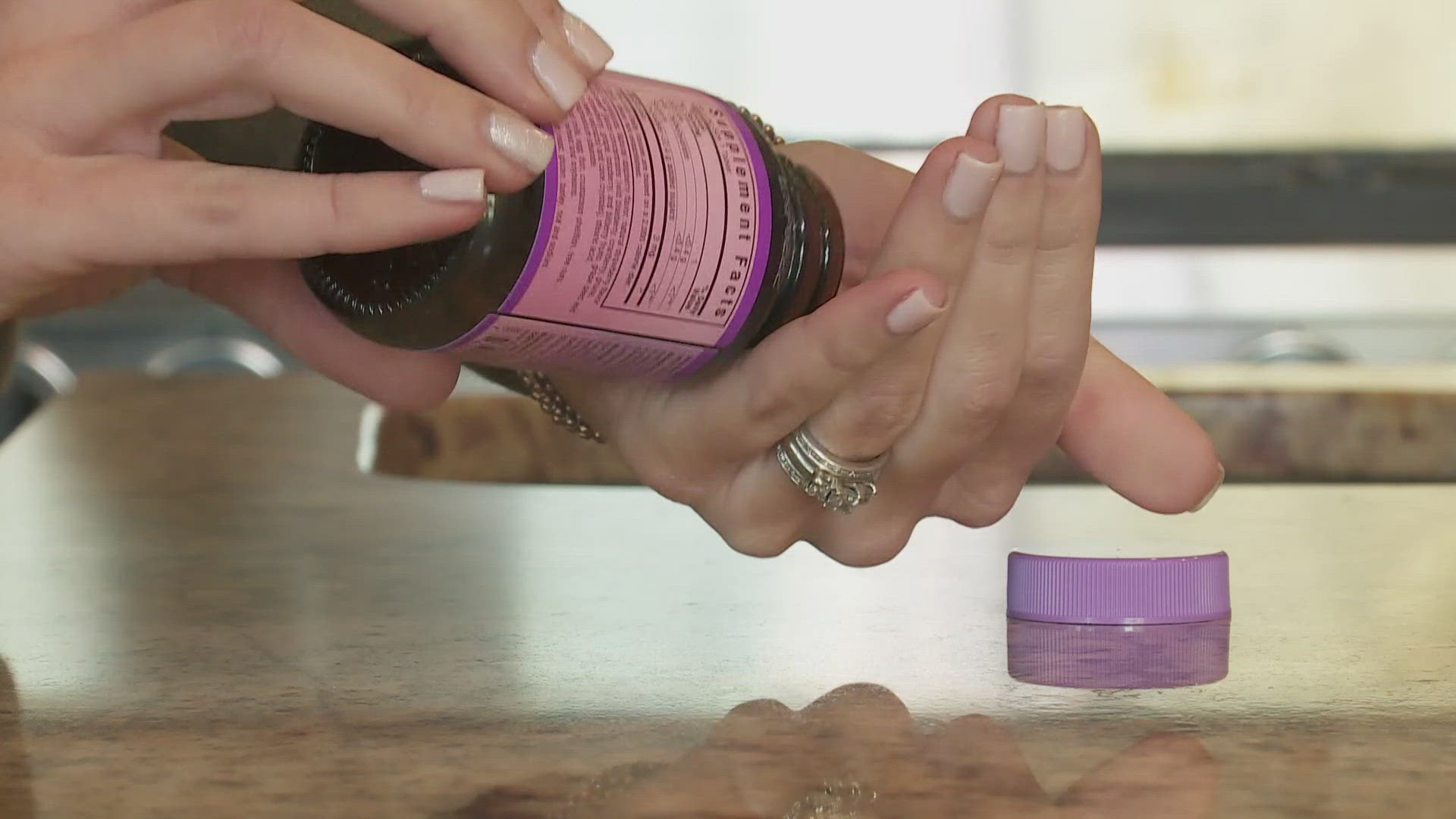NEW ORLEANS — CDC.gov says that each year millions of people over 65 years of age fall – with one out of five causing serious injury, such as broken bones, or head injury, while three million older individuals are treated in emergency rooms for fall injuries. Over 800,000 older patients are hospitalized due to fall injury – most often head and hip trauma.
Researchers from the faculty of Kinesiology, University of Regina and College of Kinesiology, the University of Saskatchewan in Canada report that interventions, “which improve radius and tibial bone geometry and muscle density (MuD) in the surrounding areas may be clinically important for decreasing the risk of falls and fractures in older adults.”
The Canadians writing – Efficacy of Creatine Supplementation and Resistance Training on Area and Density of Bone and Muscle in Older Adults – which appeared in the November 2021 issue of Medicine & Science in Sports & Exercise, references that, “creatine (Cr) supplementation (methyl guanidine-acetic acid) during supervised whole-body resistance training (1 yr) decreased the rate of areal bone mineral density (aBMD) loss in the femoral neck and increased femoral shaft subperiosteal width compared with placebo in postmenopausal women.”
There is a lack of research looking into the effect of oral creatine monohydrate supplementation with or without resistance training (RT) on cortical and trabecular bone structure properties in older individuals. It’s known that resistance training supports bone structure and remodeling, irrespective of concurrent creatine supplementation.
Therefore, the Canadians chose to investigate the efficacy of Cr supplementation relative to sex differences under supervised, whole-body RT on properties of bone and muscle in older adults.
Seventy participants – 39 men and 31 women with an average age of 58 years - were randomized to supplement with Cr at 0.1 grams per kilogram/day, or placebo (Pl) during three days per week of whole-body resistance training for one year.
Bone geometry (radius and tibia) and muscle area and density (forearm and lower leg) were assessed using peripheral quantitative computed tomography.
The primary exercises placed a specific strain on regions of the forearm (i.e., radius) and lower leg (i.e., tibia), which included dumbbell wrist pronation and supination, lever machine elbow flexion, and ankle plantarflexion and plate-loaded tibia dorsiflexion. Secondary exercises included the hack squat, hip (abduction, adduction, flexion, and extension), leg curl, leg extension, low-back extension, chest press, and lat-pull.
The Canadians determined that “older adults who supplemented with Cr experienced a significant increase in lower-leg MuD compared with those on placebo, which may be important because low MuD is an independent risk factor for falls and disability in older adults.”
It was concluded that “1 yr of Cr supplementation (0.1 g·kg−1·d−1) and supervised resistance training increased total bone area in the tibia and lower leg MuD in older adults.”
If you would like to read this study and order creatine monohydrate made in the US, under good manufacturing practices (GMP) and third-party tested, go to maxwellnutrition.com.



